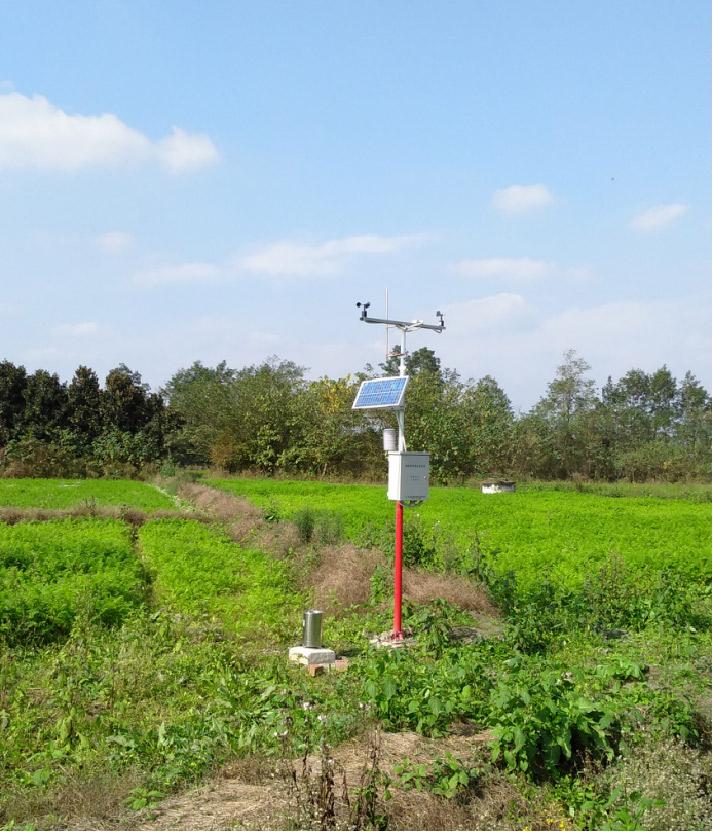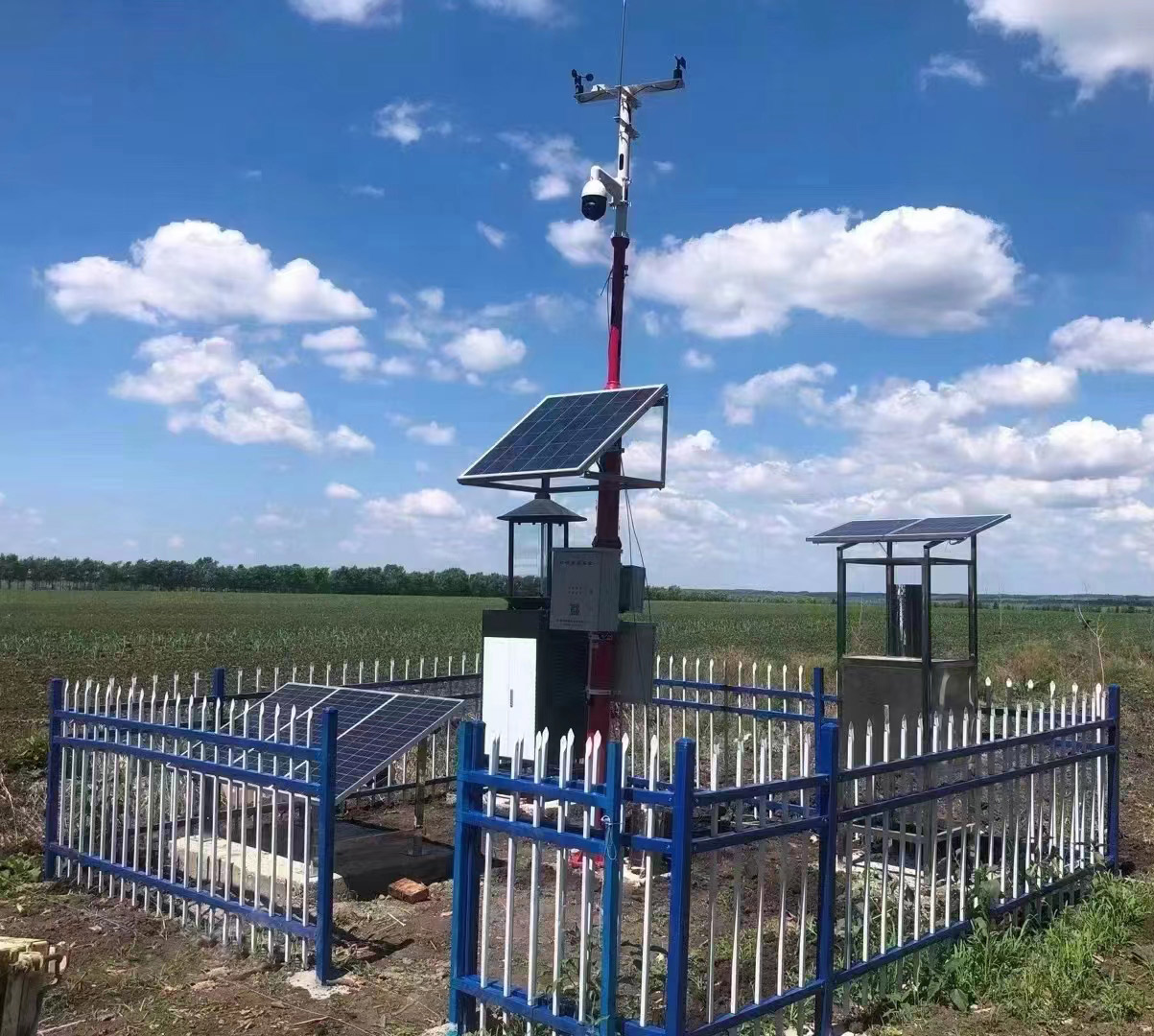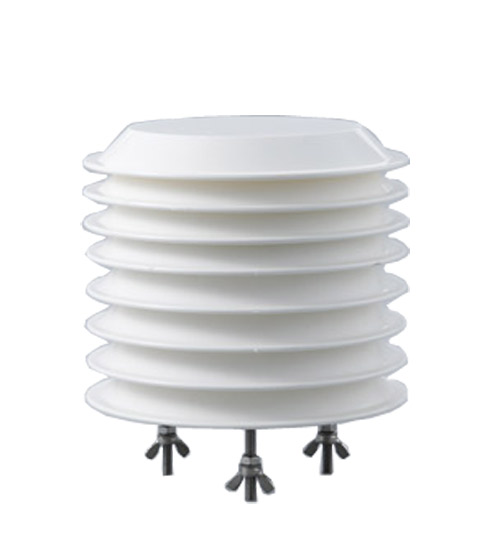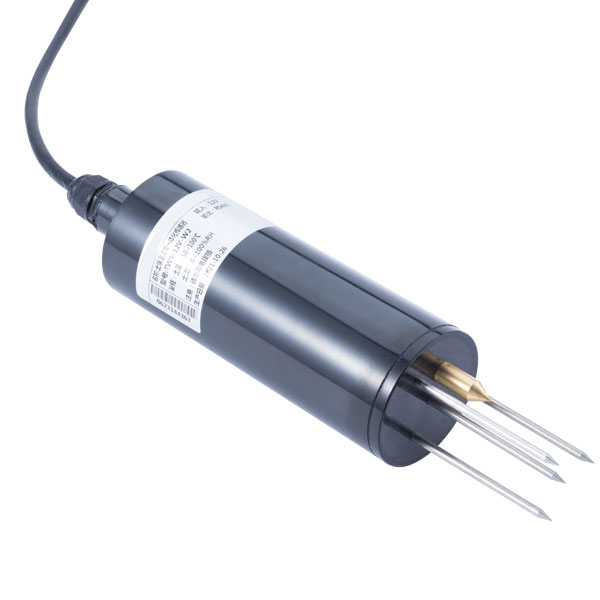

— Blogs —
—Products—
 Consumer hotline +8618073152920
Consumer hotline +8618073152920 WhatsApp:+8615367865107
Address:Room 102, District D, Houhu Industrial Park, Yuelu District, Changsha City, Hunan Province, China
Product knowledge
Time:2022-09-15 21:37:58 Popularity:801
With the development of modern agriculture, the planting industry is becoming more and more standardized, and the farmland climate observation station is an inevitable choice for the current agricultural development, and a suitable environment is the basis for the survival of crops. The farmland climate observation station continuously monitors soil, water and other environmental parameters closely related to the growth of vegetation and crops, maintains the balance of the agricultural ecosystem, and promotes the sustainable development of agricultural production.
The Farmland Climate Observation Station, also known as the Agricultural Meteorological Station, is a farmland microclimate station specially designed by NiuBoL for the local small-scale environment of farmland and grassland, and is a farmland microclimate station that continuously monitors environmental parameters such as soil, water, and air that are closely related to vegetation and crop growth.
It mainly observes environmental parameters such as soil temperature/humidity, evaporation, insolation, photosynthetically effective, soil heat flux, net radiation, surface temperature, leaf temperature and conventional meteorological elements related to agriculture. etc. to provide good support.

The assembly of the agricultural weather station is flexible and easy to install, and the installation parts can be set according to the on-site environment, which varies according to the height difference of the vegetation, and does not affect the growth of crops.
The agricultural meteorological station system uses wireless communication to transmit data, which can be used alone or in a multi-station network. The data is uniformly collected, processed and analyzed through the central station software. Agricultural production is closely related to the weather, and a certain combination of light, heat, water and air is beneficial to a certain production and forms an effective agricultural natural resource;

A different combination is harmful to agricultural production and constitutes a natural disaster in agriculture. The farmland climate observatory can study these agricultural natural resources and agricultural natural resources by monitoring wind direction, wind speed, air temperature, relative humidity, atmospheric pressure, rainfall, solar radiation, photons, soil temperature, soil moisture, moisture and leaf moisture. The temporal and spatial distribution laws of agricultural natural disasters serve for the division and planning of agriculture, the rational distribution of crops, the artificial adjustment of microclimate, and the cultivation and management of crops.
Prev:The value of photosynthetically active radiation sensor in agricultural and horticultural research
Sensors & Weather Stations Catalog
Agriculture Sensors and Weather Stations Catalog-NiuBoL.pdf
Weather Stations Catalog-NiuBoL.pdf
Related recommendations
Related products
 Atmospheric Temperature Humidity Pr···
Atmospheric Temperature Humidity Pr··· Soil Temperature Moisture Sensor 4-···
Soil Temperature Moisture Sensor 4-··· Air temperature, humidity and atmos···
Air temperature, humidity and atmos···
Screenshot, WhatsApp to identify the QR code
WhatsApp number:+8615367865107
(Click on WhatsApp to copy and add friends)